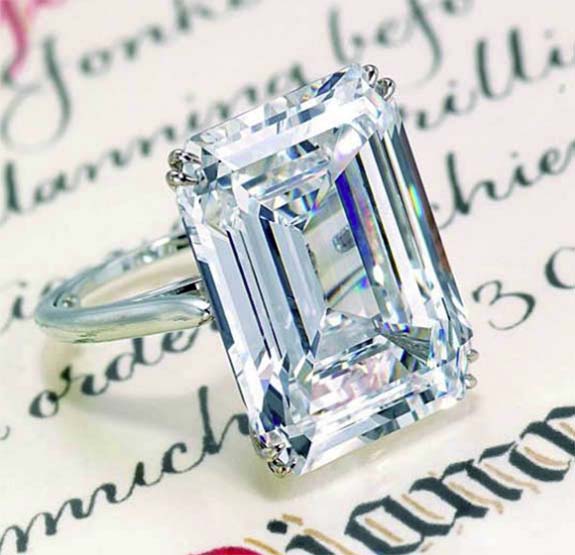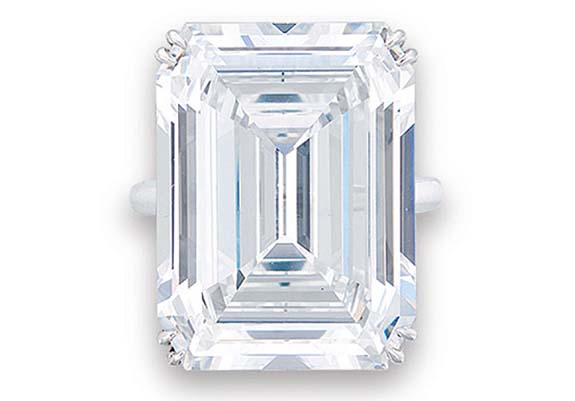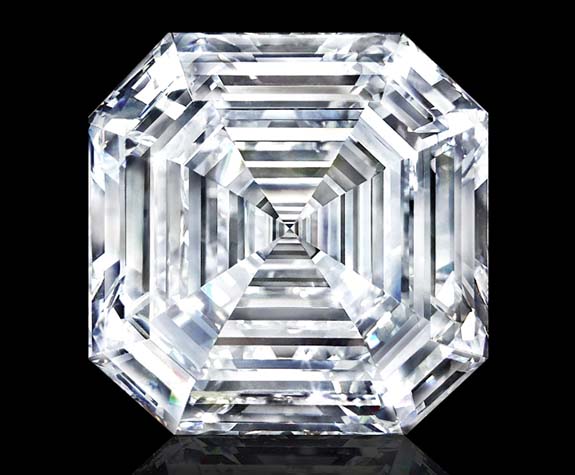Welcome to Music Friday when we bring you throwback songs with jewelry, gemstones or precious metals in the title or lyrics. Today, Elliot Lurie and the Looking Glass perform their 1972 chart-topper, "Brandy," a song about a barmaid in a harbor town who wears a very sentimental piece of neckwear as a constant reminder of the sailor who won her heart.
Lurie sings, "Brandy wears a braided chain / Made of finest silver from the North of Spain / A locket that bears the name / Of the man that Brandy loved."
Brandy fell in love with the sailor on a summer day when he arrived with gifts from far away. But, he also made it clear that he couldn't stay because no harbor could be his home. He tells Brandy that his life, his lover, his lady is the sea.
Since its release in the early 1970s, "Brandy" has been the subject of a spirited debate. Some music historians speculated that the hapless heroine, Brandy, is based on the legend of Mary Ellis, a New Jersey spinster who fell in love with a sea captain in the late 18th century.
She was promised marriage, and Ellis waited for her captain until her death, but he never returned. This story may have caught the ears of four students of Rutgers University, which is just two miles from Mary Ellis’s final resting place. These students ultimately became the founding members of the Looking Glass in 1969.
The story sounds compelling, but Lurie, who penned the tune, has refuted any link to Mary Ellis. The song, he said, is based on the name of his high school sweetheart, "Randy."
"Brandy" soared straight to #1 on the U.S. Billboard Hot 100 chart and has been used in the soundtracks of numerous films, including Charlie's Angels (2000).
Interestingly, "Brandy" was originally buried on the "B" side of the Looking Glass song, "Don't It Make You Feel Good." The group has to thank Washington, D.C., program director Harv Moore for giving the "B" side heavy airplay and creating a phenomenon that would spread nationwide.
Moore noted that when the Top 40 station WPGC AM/FM started playing "Brandy" in one-hour rotations for two days, "the switchboard lit up like a Christmas tree."
Please check out the video of the Looking Glass performing "Brandy." The lyrics are below if you'd like to sing along...
"Brandy (You're a Fine Girl)"
Written by Elliot Lurie. Performed by The Looking Glass.
There's a port on a western bay
And it serves a hundred ships a day
Lonely sailors pass the time away
And talk about their homes
And there's a girl in this harbor town
And she works layin' whiskey down
They say, Brandy, fetch another round
She serves them whiskey and wine
The sailors say: "Brandy, you're a fine girl" (you're a fine girl)
"What a good wife you would be" (such a fine girl)
"Yeah, your eyes could steal a sailor from the sea"
Brandy wears a braided chain
Made of finest silver from the North of Spain
A locket that bears the name
Of the man that Brandy loved
He came on a summer's day
Bringin' gifts from far away
But he made it clear he couldn't stay
No harbor was his home
The sailors say: "Brandy, you're a fine girl" (you're a fine girl)
"What a good wife you would be" (such a fine girl)
"But my life, my lover, my lady is the sea"
Yeah, Brandy used to watch his eyes
When he told his sailor stories
She could feel the ocean fall and rise
She saw its ragin' glory
But he had always told the truth, Lord, he was an honest man
And Brandy does her best to understand
At night when the bars close down
Brandy walks through a silent town
And loves a man who's not around
She still can hear him say
She hears him say "Brandy, you're a fine girl" (you're a fine girl)
"What a good wife you would be" (such a fine girl)
"But my life, my lover, my lady is the sea"
It is, yes it is,
He said, "Brandy, you're a fine girl" (you're a fine girl)
"What a good wife you would be" (such a fine girl)
"But my life, my lover, my lady is the sea"
Credit: Screen capture via YouTube.com.




